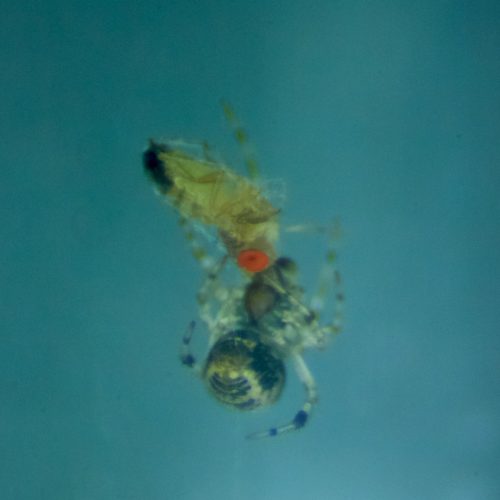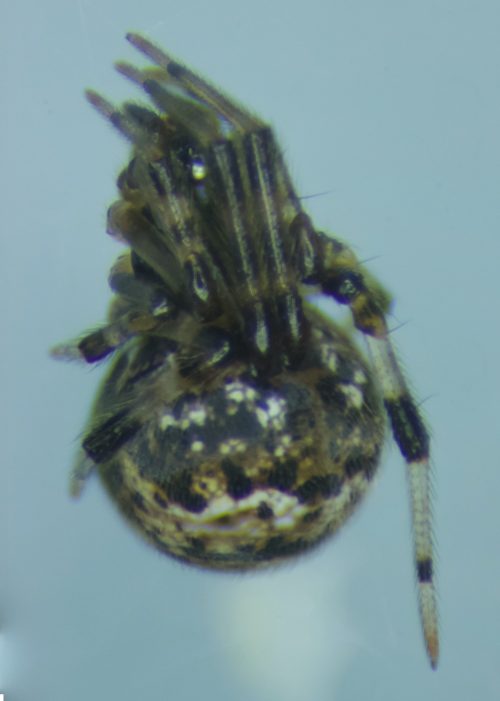Oh, this is sad. Gahan Wilson hasn’t produced much new in recent years — he has been suffering from dementia — but I discovered his work in the 70s and loved it. He and Gary Larson plucked my brain out and shaped it before stuffing it back in my cranium.
His work was always distinctive and recognizable, and unlike anyone else’s. That’s a great legacy.









